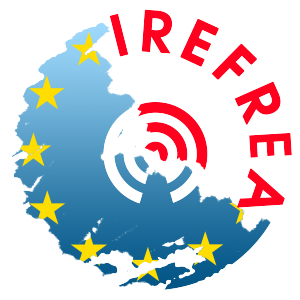Night life in Europe and recreative drug use. SONAR 98.
Calafat, A., Bohrn, K., Juan, M., Kokkevi, A., Maalsté, N., Mendes, F., Palmer, A., Sherlock, K., Simon, J., Stocco, P., Sureda, P., Tossman, P., Van de Wijngaart, G. and Zavatti, P.
(1999) Palma de Mallorca: IREFREA.
Summary
Recreational life, represented above all in the entertainment activities of weekends, is a social fact in constant expansion and has established itself as a genuine means of expressing the needs of young people. Thus, it is essential to have a description of the this recreational world throughout Europe, which is why it was one of the priorities of the survey. We devoted an important part of the research which we are presenting to achieving this description of the nightlife in those cities which took part in the survey. Through this description, it will be possible to see similarities and differences in the forms of entertainment and enjoyment, and to make a first approach on those aspects which are relevant for their relationship with drug use.
We also considered it opportune that this description of the night life in each city, should identify the different groups of young people who participate in the nightlife, to ascertain the most popular places, describe their habits and cultures relating to entertainment and, most particularly, to both legal and illegal drug use. It was also our intention to get to know the nightlife from the point of view of the population professionally involved in it, such as waiters, disc-jockeys, police officers, and club and disco owners.
Another aspect we though relevant was to centre the survey on multi-use in recreational environments. To have concentrated once again on ecstasy, having established that this substance formed part of a broader multi-use would have meant running counter to the reality shown by the data. They show us to be facing a multi-use where two drugs are all-important, and these are alcohol and marihuana. Tobacco, too, is always present in this multi-use and must surely play a relevant role in the learning process of the adolescent. And, of course, other drugs such as ecstasy, amphetamines, cocaine, etc. are also important elements in this multi-use.
In this study, we have continued to employ a combination of exploratory methods, both quantitative (survey) and qualitative (semi-structured interviews with key people), which we consider very useful, particularly when having to deal with such differences as those to be found in the nine cities which formed part of the survey.
The quantitative part (300 young people sampled in each city) provides abundant direct information by those who are actually going out at night, and the qualitative part (more than 90 interviews with the key nightlife people in each city) enables such information to be put into context.



